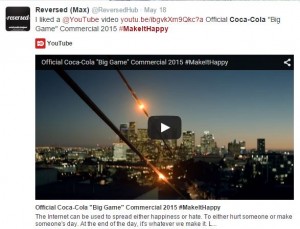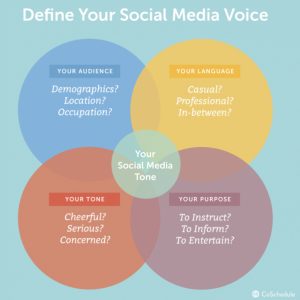
What are micro-moments? Micro-moments are the moments when a consumer looks outside of their personal space into their mobile device to learn, explore, or buy something new. Brands that take the time to understand their target consumer’s micro moments have benefited from their attention, loyalty, and money. Videos have become the most popular content format that consumers have chosen to perform these micro-moments. If you want to use videos to influence these moments you must understand the four reasons why people look to videos to seek information.
According to Google, video micro-moments fall into four categories:
● “I-want-to-watch-what-I’m-into” moments
These are the moments when a person looks for a video because the topic aligns with their passions or interests. According to The Consumer Barometer Survey, “53% of online video viewers watch online video to be inspired and entertained.”
● “I-want-to-know” moments
These are the moments when a person looks for a video to learn, explore, or research something new. According to a Google Consumer Survey, nearly 70% of millennials agree that YouTube has become a place that they can learn anything.
● “I-want-to-do” moments
These are the moments when a person looks for a video in order to get instructions to perform a task. According to Google Data, “how-to” searches are up 70% on Youtube since the past years.
● “I-want-to-buy” moments
These are the moments when a person looks for a video to decide what or how to buy a product. According to Google Consumer Survey, 18 to 34 year olds use YouTube as the #1 place to learn about a product or service.
What to Put in Your Micro-Moment Video Strategy
According to ThinkwithGoogle, the first step that brands can do to adapt their videos to these micro-moments is to understand their consumer’s intent when watching videos, specifically on YouTube.
1. Find what your consumer wants.
After you identify who your target consumers are, you must identify what kind of content that they want. For example if your priority consumers are African-American males between the ages of 18 and 25, you need to expand their profile to what content or topic that they would want to watch. Through audience insights you might create videos about urban fashion and the hip hop music genre.
2. Identify your consumer’s micro-moments and goals. Then put it in your videos.
You need to figure out your consumer’s needs and when they look for them in the consumer micro-moment map.
Example: Sephora noticed that beauty “how-to” videos on YouTube has gained a lot of popularity in the last year. So they decided to fill up their channel with video tutorials of their products. They were able to figure out that their consumers looked for videos for beauty tutorials, so Sephora wanted to provide videos that serve this purpose and express their brand messages.
3. Be the main resource for your consumer’s needs.
You need to create content that serves value and help your consumer accomplish their goals. You should also work to be findable. Understand YouTube’s version of SEO and be the first video listed when a consumer searches for related content.
(119)
Report Post








